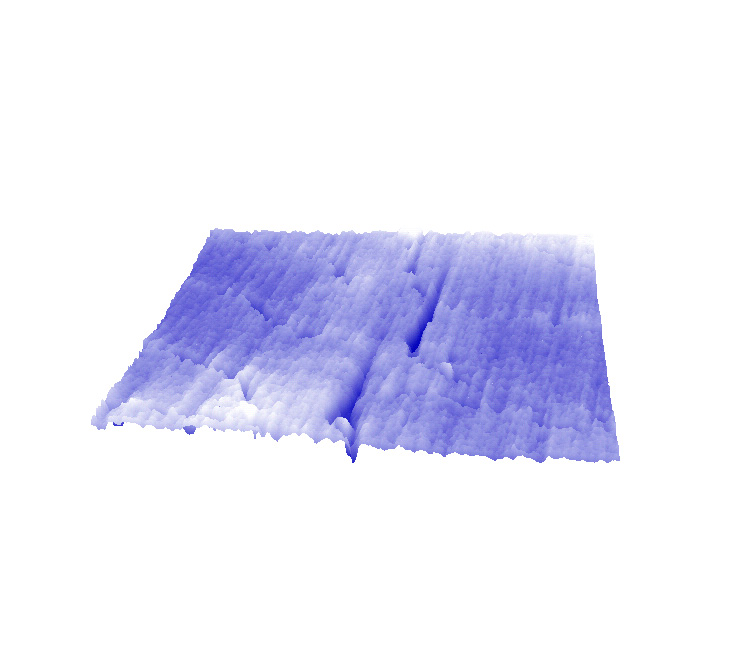Study questions informative value of dental microwear for dietary habits of extinct species
Dental microwear, the pattern of tiny marks on worn tooth surfaces, is an important basis for understanding the diets of fossil mammals, including those of our own lineage. Now nanoscale research by an international multidisciplinary group that included members of the Max Planck Institute for Evolutionary Anthropology in Leipzig has unraveled some of its causes. It turns out that quartz dust is the major culprit in wearing away tooth enamel. Silica phytoliths, particles produced by plants, just rub enamel, and thus have a minor effect on its surface. The results suggest that scientists will have to revise what microwear can tell us about diets, and suggest that environmental factors like droughts and dust storms may have had a large effect on the longevity of teeth. In particular, East African hominins may have suffered during dust storms, particularly from particles carried in by seasonal winds from the Arabian peninsula.
